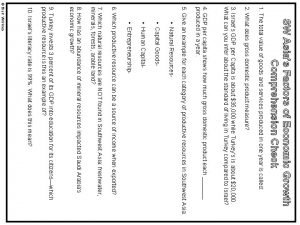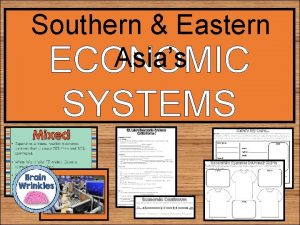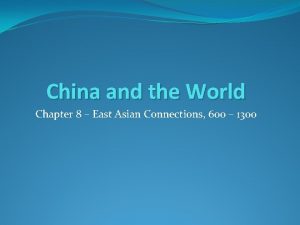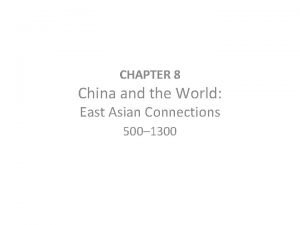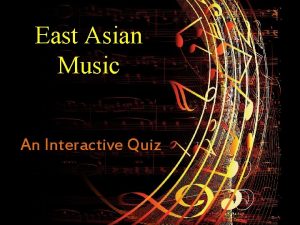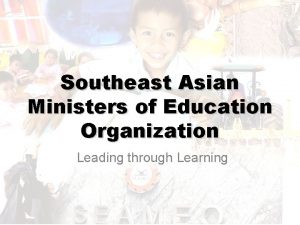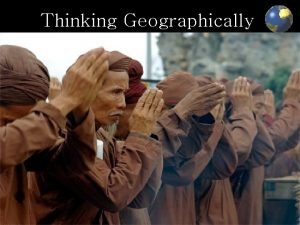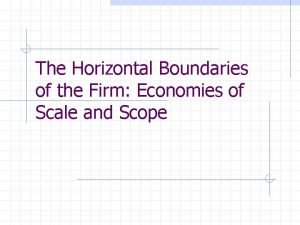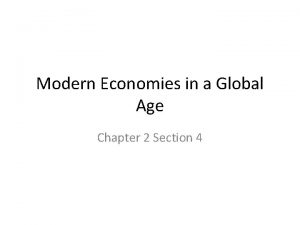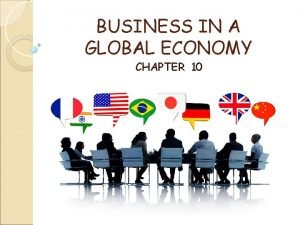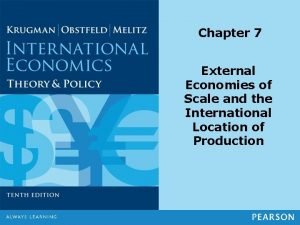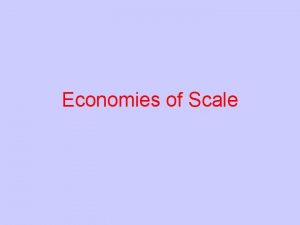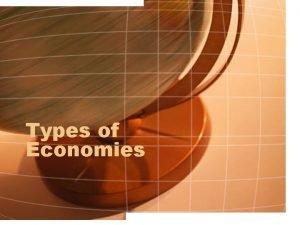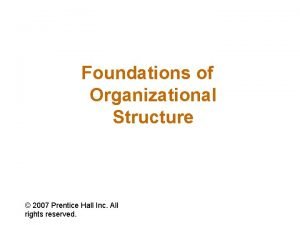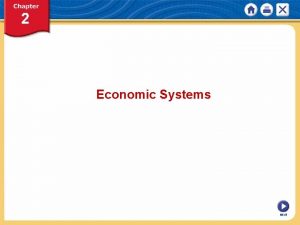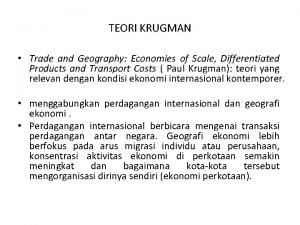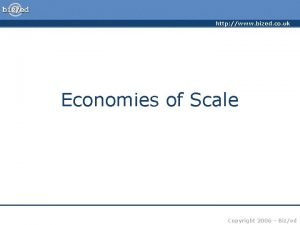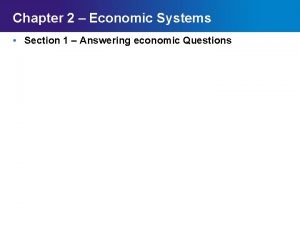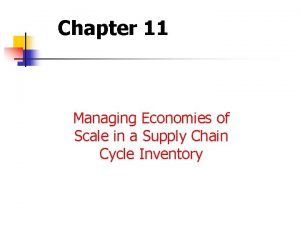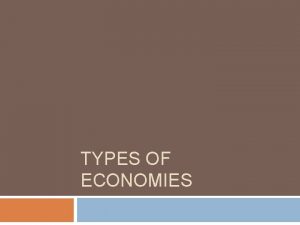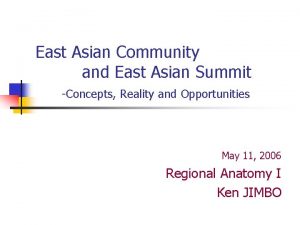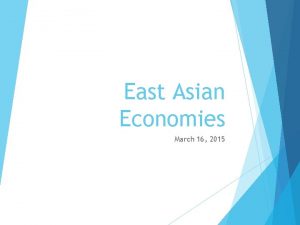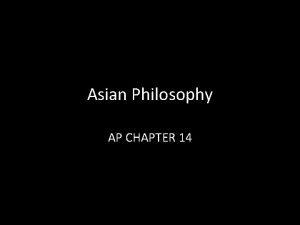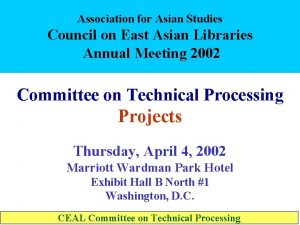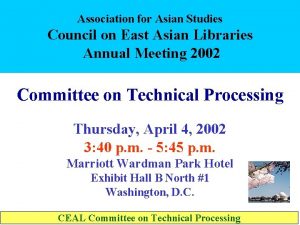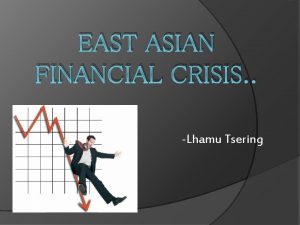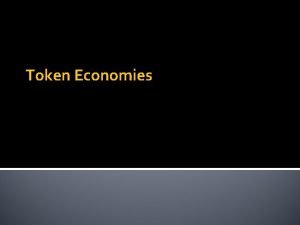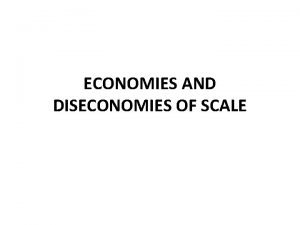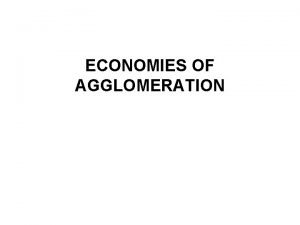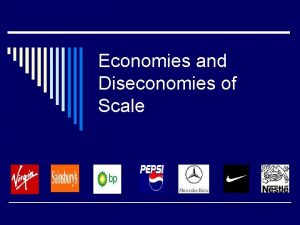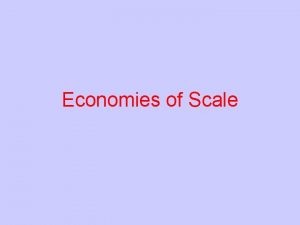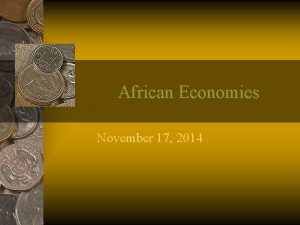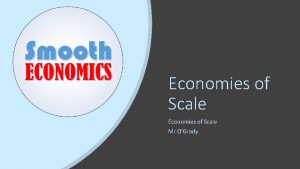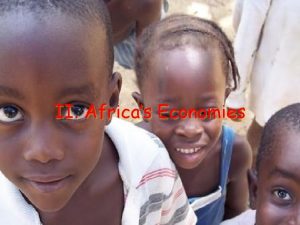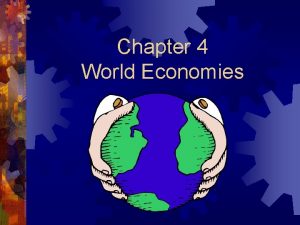Review on the East Asian Economies of 10






























- Slides: 30

Review on the East Asian Economies of 10 Years after Asian Monetary Crisis くらし学際研究所 13/10/2009 Nobuyoshi Nishizawa Professor of Kinki University

Contents 1 Lessons from Asian Monetary Crisis (AMC) 2 Movement of regional integration in East Asia 3 Changing economic power map of East Asia 4 Sustainability economic development in East Asia Conclusion

1 Lessons from Asian Monetary Crisis (AMC) • What are problems? Foreseen, possible or not Serious economic depression No technical progress

(1) Inconsistent triangle Stability of foreign exchange Independence of monetary policy Freedom of capital movement

(2) Market fundamentalism • Thailand accepted the conditionality of IMF in exchange for accommodating a loan. • However, there is a possibility that the tight policy strictly in line with market principles that was taken to redress the current and fiscal imbalance might get the economy into serious slump.

(3)Krugman’s Criticism→Innovation Total factor productivity analysis Rate of economic growth △Y/Y=△A/A+α△K/K+β△L/L α+β=1 A Technical progress K Capital L Labor

2 Regional integration in East Asia • Disappointed with the US and APEC • Japan provided lots of ODA through Miyazawa Plan. • China didn’t devalue the Yuan. • movement of regional integration in East Asia • ASEAN +3 Summit was regularized ENLARGEMENT OF INTEGRATED AREA EAST ASIA ASEAN

(1) Progress in economic cooperation • to prevent the reoccurrence of monetary crisis Image of Chianmai initiative Korea 21 8 • Chianmai Initiative was started in 2000 China 6 Japan 10 • Funding scale→ US$120 Billion 6. 5 23. 5 ASEAN Unit: billion 2

(2) Accelerated integration of ASEAN Step 1 ASEAN 1967 Step 2 AFTA 1993 Step 4 ASEAN 10 1999 ASEAN COMMUNITY 2015

(3) East Asian Community (EAC) • The report titled “Towards an East Asian Community” was submitted by the EAVG. • The EAC was set as a long-term target at the ASEAN+3 Summit held in KL in 2005. • There are many fields such as economy, politics, environment, disaster and infectious disease that countries in East Asia should cooperate each other.

(4) Integration in fact • The close network of production in East Asia has already been formed with the active FDIs by the companies of both Japan and NIEs. • The rate of regional trade within East Asia has reached 54. 2% without institutional framework that is larger than that of NAFTA and somewhat smaller than that of EU. Regional trade (2003) EAST ASIA (%) Outregional trade (%) 54. 2 45. 8 EU 15 60. 3 39. 7 NAFTA 44. 9 55. 1

3 Changing economic power map of East Asia 1 rapidly growing China 2 newly emerging India 3 ASEAN 10 developed into one big economic sphere 4 declining economic power of Japan CHINA INDIA JAPAN A S ASEAN E A N

Basic indicators of ASEAN+3 Population Nominal GNI (bil. ) (mil. ) Real GDP (bil. ) PER CAPITA (2000=base) Real value of trade(bil. ) (2000=base) China 1318 3229 2387 1811 1971 India 1124 1171 771 684 352 ASEAN 563 1227 848 6495 999 Japan 127 4530 5206 38096 1307

(1) China leading Asian economies • China embarked on drastic economic reforms in 1978. • It grew at annual average rate of 9. 8% for nearly 30 years from 1979 to 2008. • A big factory of the world to an enormous market of the world. • Foreign reserves of more than US$ 2 trillion EXPORT China 40% of total export The US & EU

Trade of China with neighboring countries (2006) E: export of China Korea E 44. 5 India E 14. 5 M 7. 8 M: import of China Unit: billion M 69. 4 China E 91. 6 M 92. 7 M E 69. 1 M 65. 29 2. ASEAN 7 Japan

(2) Emerging India • Mixed economic system from 1947 to 1980 s • New economic policy in 1991 • Robust service sector • High rate of consumption over GDP

(3) ASEAN as one economic sphere • The economic scale of ASEAN 10 is almost close to India. • Cambodia, Laos, Myanmar and Vietnam (CLMV) are transforming their economies to market economy. • GMS Program is launched by ADB. • Japanese government is paying much attention on the economic development of Mekong region.

(4) Declining economic power of Japan Period of low economic growth rates since 1991, experiencing long serious economic sump. l The share of Japanese GDP over world total reduced from 18% in 1995 to 8% in 2008. l The ranking of nominal GDP among OECD fell from 3 rd in 2000 to 19 th in 2007. l According to the IMF outlook, the GDP of Japan may be exceeded next year by that of China. l

Advance of Japanese companies to abroad • From the survey of Japan Bank for International Cooperation (2007) • The rate of overseas production increased from 12% in 1988 to 30% in 2006. • The Japanese companies mainly proceeded to NIEs, ASEAN, China, US and EU.

Voting for promising countries 2003 (%) 2007 (%) China 93 70 India 14 50 Vietnam 18 35

4 Sustainability of economic development in East Asia • Less dependence of East Asia on the trade with US and EU • Activate regional trade within East Asia • Diversify the trade partners of outside

(1) Trade and investment in East Asia • Such figure is becoming clear that Japanese companies earn profits in the growing Asia instead of aging Japan. • As new investing areas, Vietnam with abundant labor and India changing into a big market in near future attracting much attention. • However, there is a characteristic that the trade of East Asia is heavily depending on the US and EU.

Trade structure of East Asia • The trade of East Asian has registered big trade surplus against the US and EU, while China has trade deficit against Japan, Korea and ASEAN. • The trade of intermediate goods and parts shows big deficit, while that of manufactured goods, surplus. • In regional trade, parts of computer and electronics and chemicals have deficit. • They are imported through regional trade and assembled in China and ASEAN, then exported as final goods to the US and EU.

Triangle trade Japan & NIEs ASSEBLING China & ASEAN EXPORT OF PARTS EXPORT OF FINAL GOODS MANUFACTURING CONSUMING The US & EU

(2) Population by Household Disposal Income (HDI) in Asia 1990 -2008 HDI Less than 1, 000 1990 (Mil. ) 1, 100 2008 (Mil. ) 230 1, 001~ 5, 000 1, 160 1, 900 5, 001~ 15, 000 100 750 5, 001~ 35, 000 (middle class) 140 880

Growing middle class • They are purchasers of household appliances such as washing machine, ice box, television, air conditioner, as well as modern goods such as personal computer, DVD and mobile phone. • They tend to spend much money to education and health. Upper Class 120 m Middle class 880 million Lower class 2 billion

(3) Diversify trade partners outside East Asia • to diversify poles such as India, Russia, Australia, New Zeeland together with the US & EU to absorb goods and services produced in East Asia • To redress the worldwide imbalance was a main theme of G 20. Russia INDIA EAST ASIA US & EU AUSTRALIA & NEW ZEELAND

Potentiality of India • India is a country that is regarded as one of the most promising countries. • However, 34. 7% and 79. 9% of population are living under one dollar and two dollar per day respectively, according to World Development Report 2007. • The population will increase by nearly 16 million every year in India. As a result, the population of India will exceed that of China in around 2030.

Conclusion • Today, the interest of the world is in how to correct the worldwide imbalance, especially the big deficit of the current account of the US. • To achieve this, it will be the key both to diversify poles to absorb goods and services produced in East Asia, and to increase domestic demand within Asia, focusing on raising up their standard of living of the 2 billion poor in Asia.

• The EAC that was a by-product of the AMC has been again highlighted because Japanese new Premier Hatoyama recently proposed it at the Japanese-Sino Summit in Sep. 2009. • The EAC may be a economically significant proposal, if it considerably contributes to the increase in demand within East Asia and reduction of the poor in East Asian.
 Se asian economics comprehension check
Se asian economics comprehension check Sw asian economies comprehension check
Sw asian economies comprehension check Chapter 8 china and the world
Chapter 8 china and the world Chapter 8 china and the world east asian connections
Chapter 8 china and the world east asian connections What meter is used in the japanese song sakura?
What meter is used in the japanese song sakura? Asia relative location
Asia relative location The southeast asian ministers of education organization
The southeast asian ministers of education organization North american
North american East is east and west is west
East is east and west is west Winds that blow over short distances are called
Winds that blow over short distances are called Economies of scale ap human geography
Economies of scale ap human geography Cube square rule economies of scale
Cube square rule economies of scale Modern economies in a global age
Modern economies in a global age Transition economies
Transition economies Business ethics in a global economy chapter 10
Business ethics in a global economy chapter 10 Types of economies of scale
Types of economies of scale Disadvantages of economies of scale
Disadvantages of economies of scale Chapter 7 section 1 regional economies create differences
Chapter 7 section 1 regional economies create differences Traditional economy meaning
Traditional economy meaning Explain economies and diseconomies of work specialization
Explain economies and diseconomies of work specialization Chapter 2 section 3 centrally planned economies
Chapter 2 section 3 centrally planned economies Mixed economies in a sentence
Mixed economies in a sentence Faktor penyebab economies of scale
Faktor penyebab economies of scale Economies of scale
Economies of scale Chapter 2 section 4 modern economies worksheet answers
Chapter 2 section 4 modern economies worksheet answers Sw asia economies cloze notes 1
Sw asia economies cloze notes 1 Managing economies of scale in a supply chain
Managing economies of scale in a supply chain What are the three basic questions of economics
What are the three basic questions of economics Five fundamental questions of economics
Five fundamental questions of economics Chapter 2 section 3 centrally planned economies
Chapter 2 section 3 centrally planned economies Chapter 2 lesson 2 mixed economies
Chapter 2 lesson 2 mixed economies
